Category: Nordic Larp
-
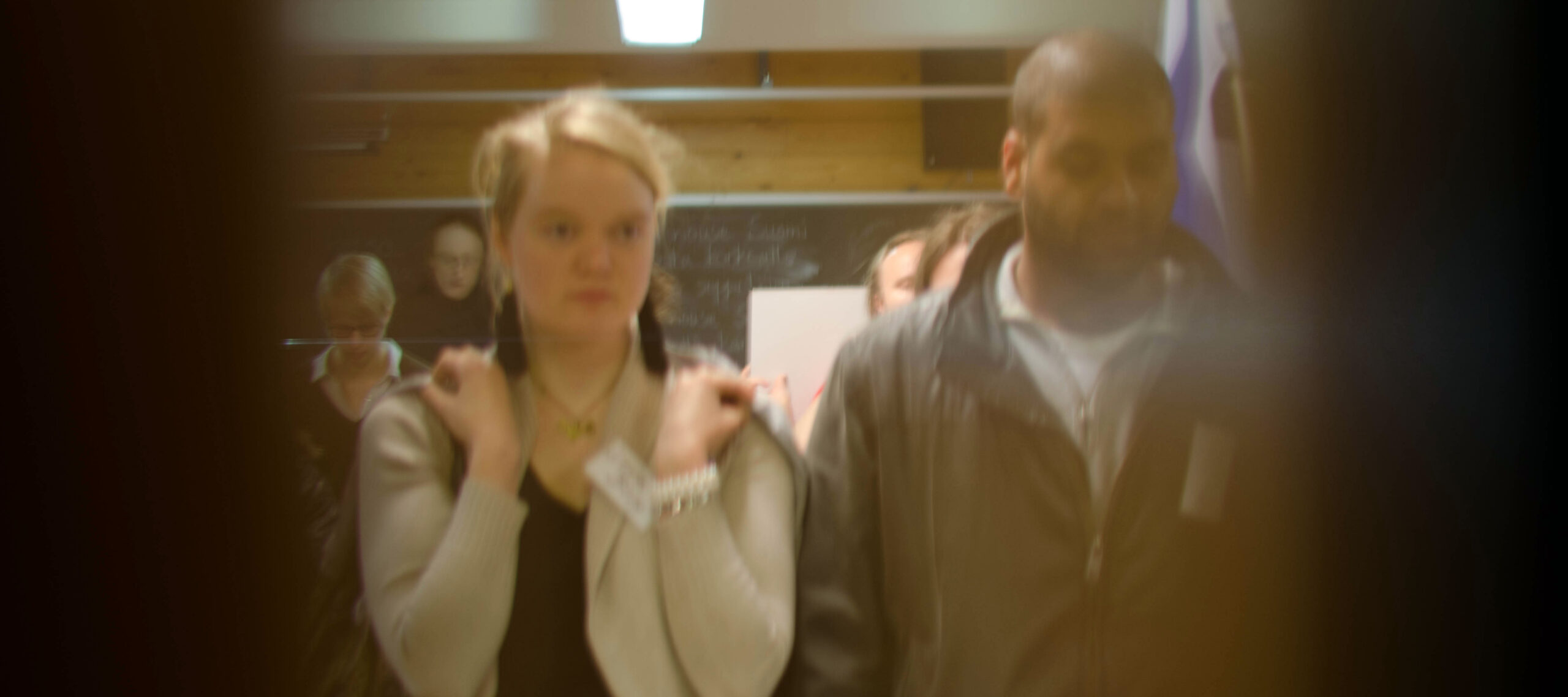
Processing Political Larps – Framing Larp Experiences with Strong Agendas
in
Thanks to it I turned my communist friend into a patriot. And I realized who I really am. This is how a respondent, according to Mochocki (2012), described the Polish tabletop role-playing game Dzikie Pola (“Wild Planes”) in an online survey. The game was set in a period of Polish history dating to 1569 –
-
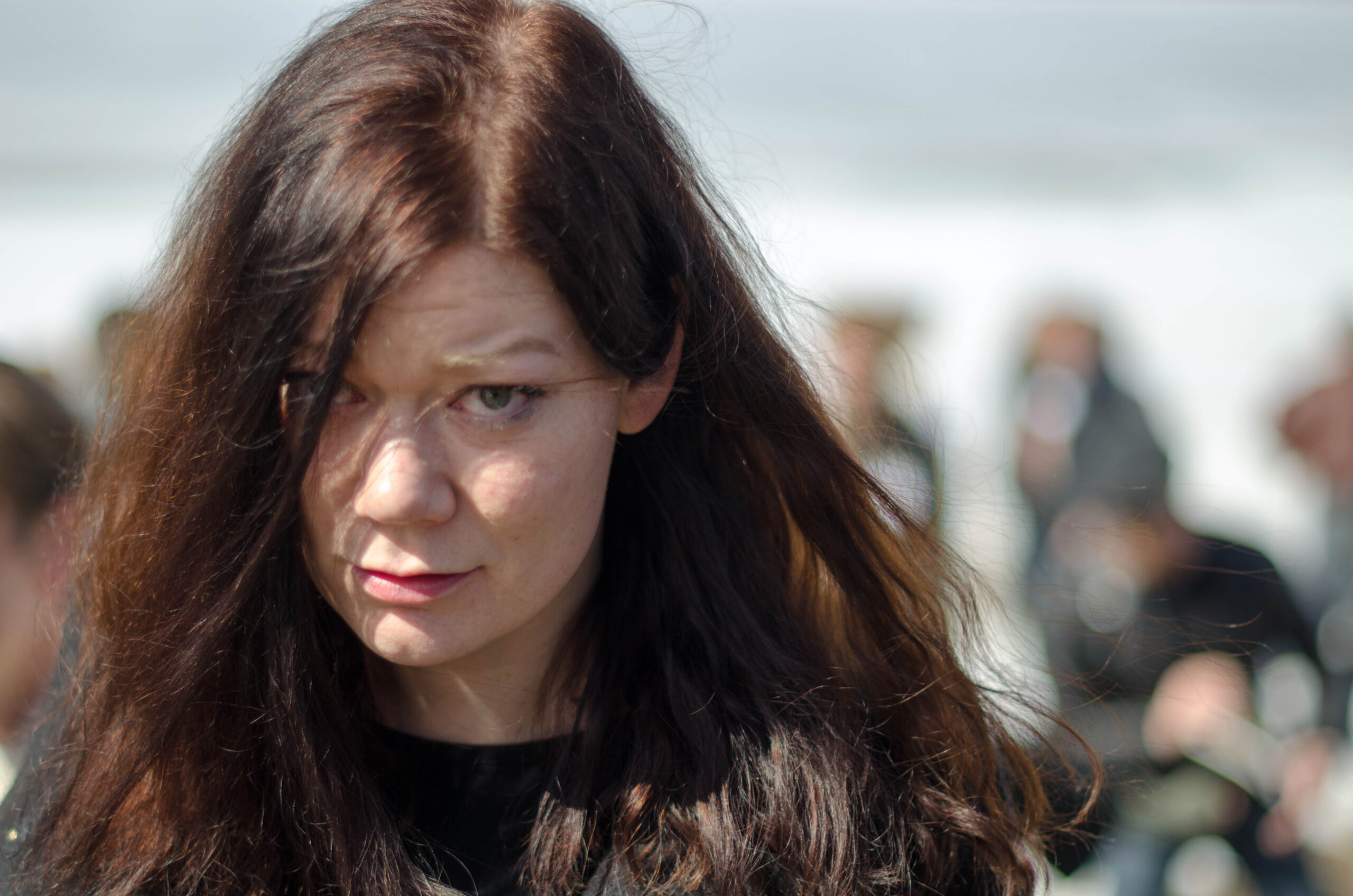
A Beginner’s Guide to Handling the Knudeblues
in
A beginner’s guide to handling the Knudeblues, the emotional drop felt after larp cons such as Knudepunkt. This text gives you tips to help you land.
-

A Tsunami of Testimonies
in
Kristin Nilsdotter Isaksson has written an article, translated from Swedish by Charlie Charlotta Haldén, on the ongoing discussions about sexual assault within the Swedish larp community. On June 17, 2014, a new Facebook group was created for Swedish-speaking larpers who identify wholly or partially as women. The idea was to create a sanctuary for discussions
-
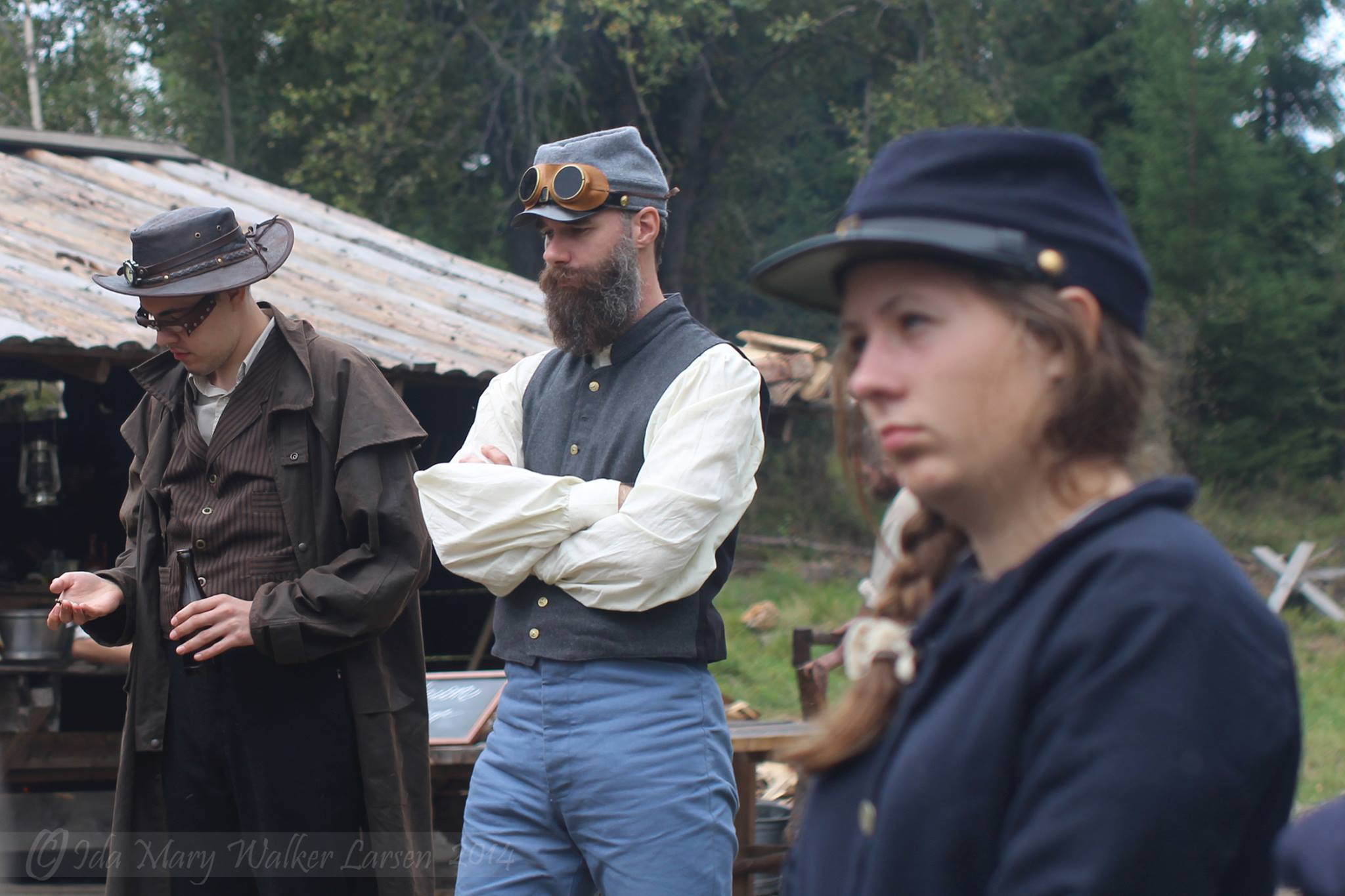
Larp Report: Clockbottom
in
A journey through horror, steampunk and mystery Clockbottom was a larp set in America during the Civil War, with a steampunk twist and elements of horror. About 120 participants from seven different countries gathered during one weekend of September to act out the mysteries in the mining town of Clockbottom. Myself, I played the village’s
-
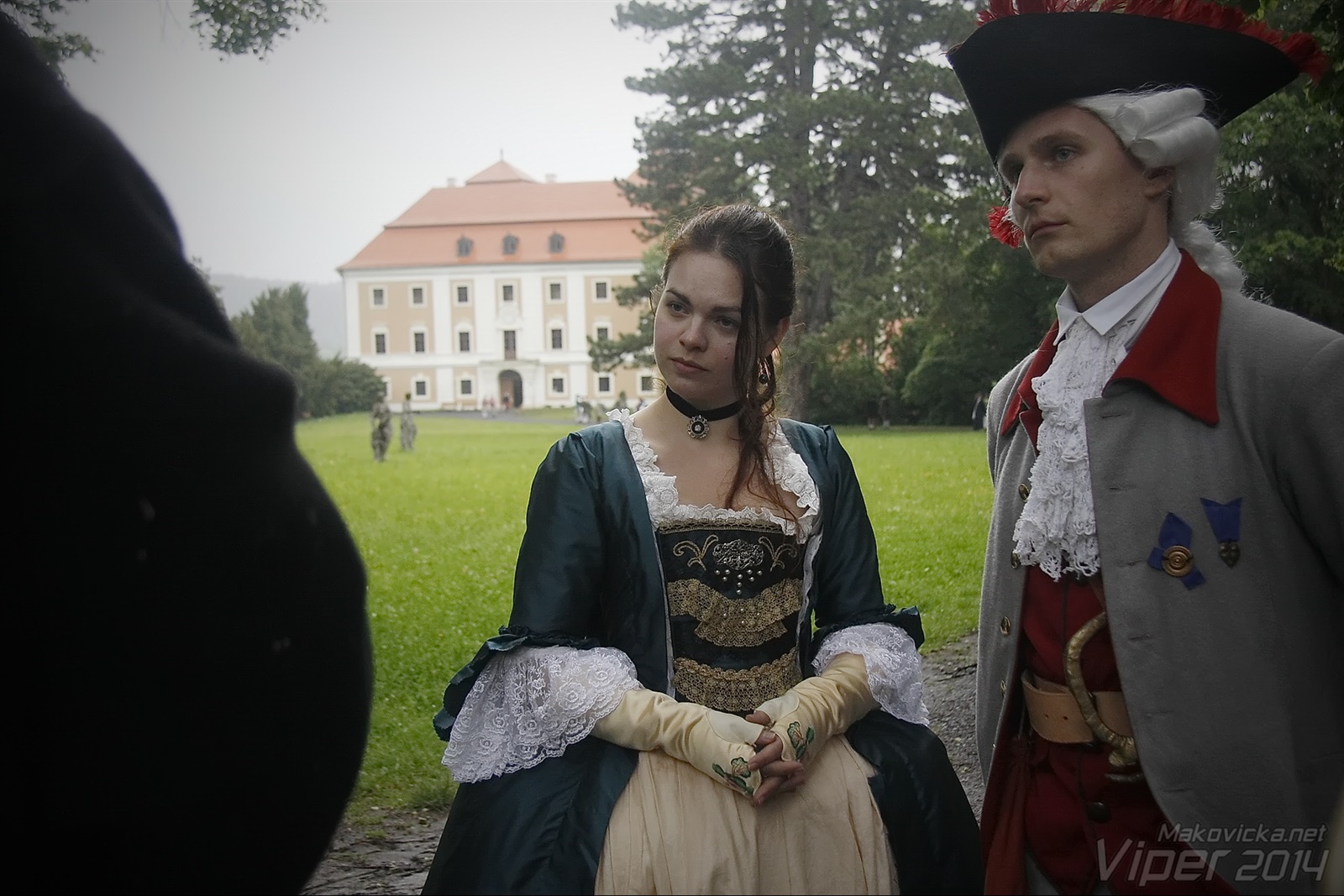
The Cure for the Stuffed Beast
in
The unexpected problems of a game stuffed with themes and plots and their working solutions.
-
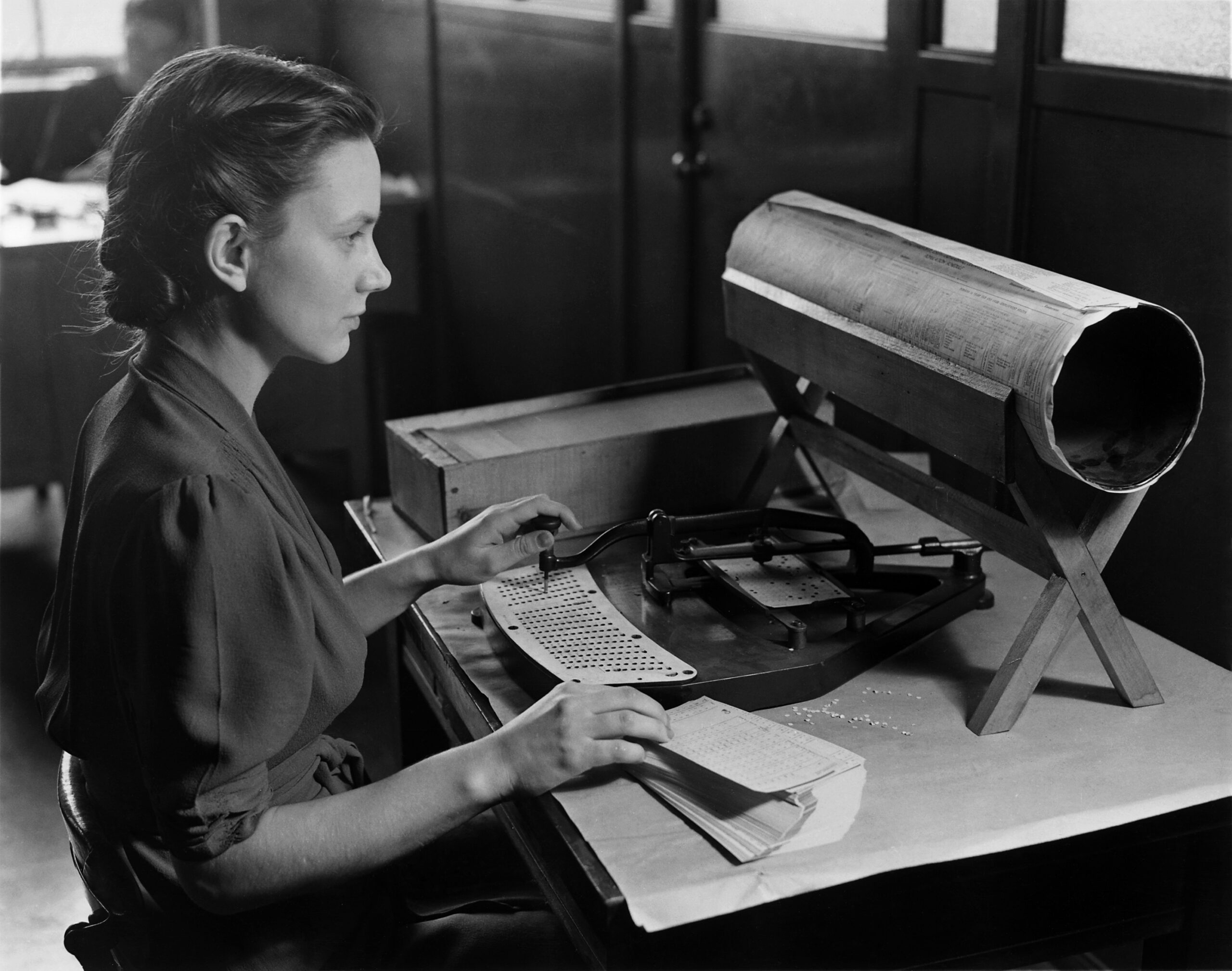
Larp Census 2014
The international larp census of 2014 has been launched, this is what the authors have to say about why you should answer it: Although some countries have rough estimates of their larp population, there has not been a comprehensive global census taken of self-identifying larpers on this scale. We really want to count everyone who
-
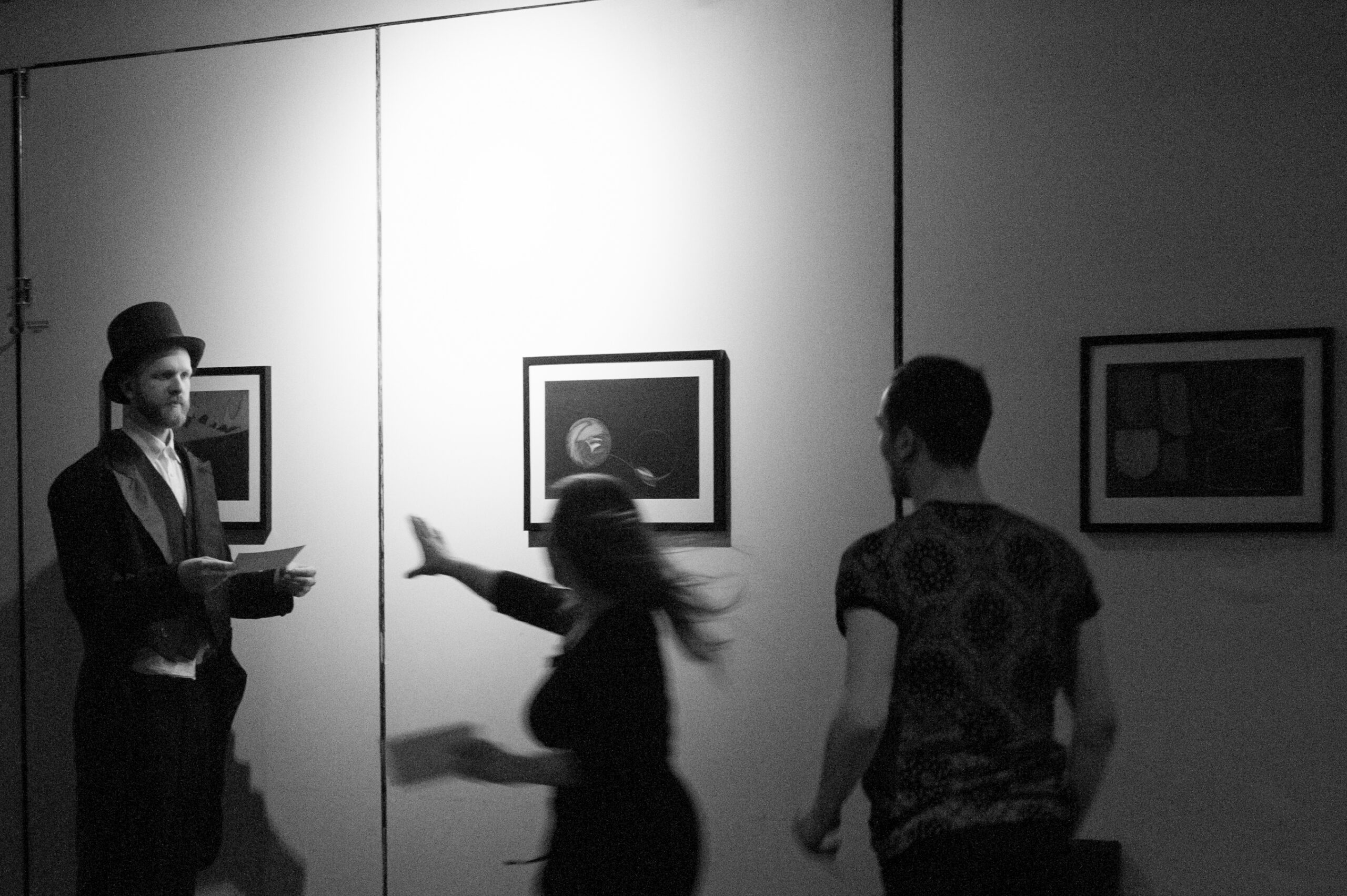
Nordic Style Larp in the UK
in
The UK has a large and thriving larp industry, going back to the early 1980s and with an estimated 100,000+ current active participants. But awareness of larp traditions in other countries, and in the Nordic scene in particular, has been minimal until very recently. In particular, the few months since Knutpunkt 2014 have seen a flurry
-
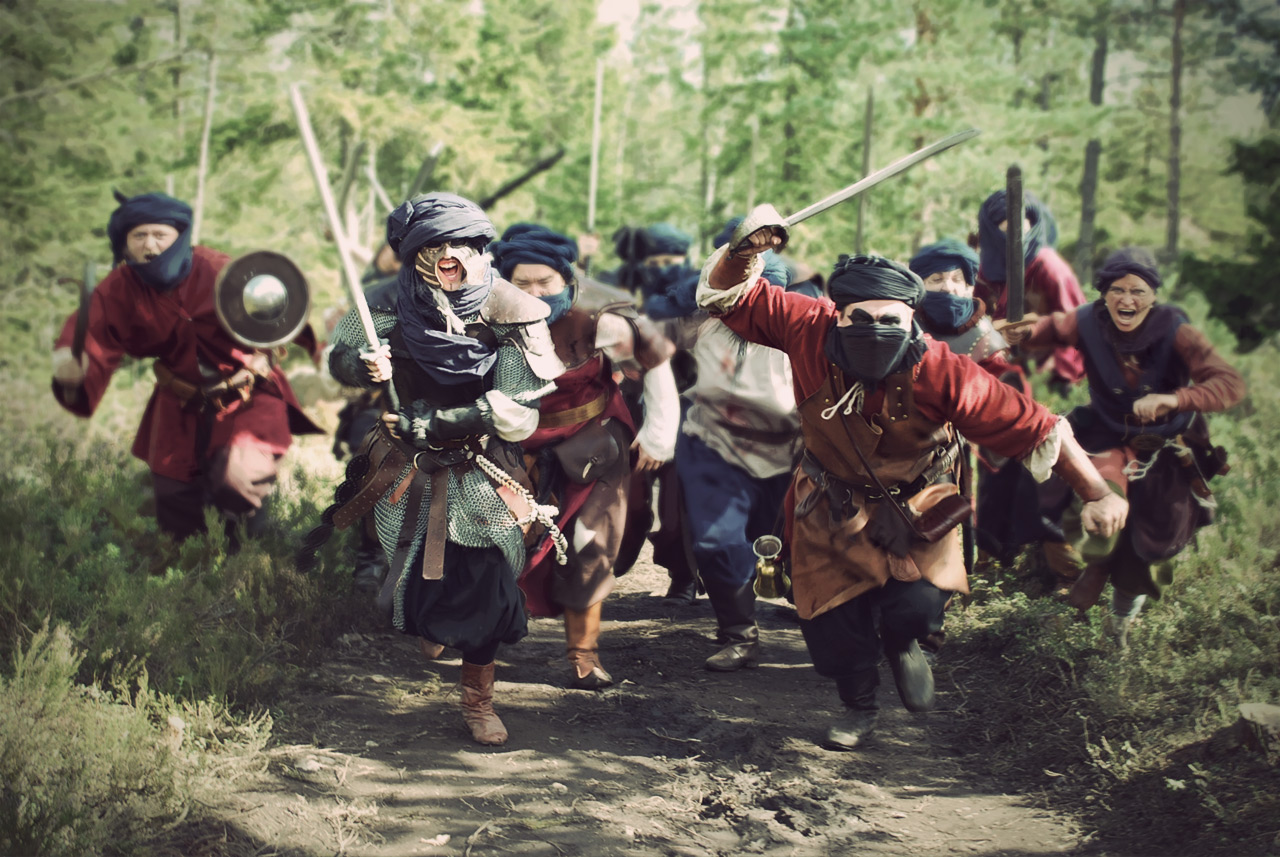
Pillage the Vikings!
in
A thousand years ago, Viking warriors came out of the Nordic countries, raiding and conquering in Britain, Ireland, Atlantic and Mediterranean Europe, Russia and North America. They mercilessly pillaged the finest things they could find. Now it’s time for the rest of the world to take something back – and to help themselves to the…
-

Voices from Knutpunkt
Voices from Knutpunkt is a crowd-sourced initiative to document and share the experience and the people at the Nordic larp conference Knutpunkt 2014. You are welcome to take part in the collaboration. If you want to discuss it, please join the facebook group. At Knutpunkt there will also be a program item in the beginning
-

Change is Coming
in
We are rebooting Nordiclarp.org as an online magazine. Instead of only linking to other websites we will produce original content as well as republishing interesting and important texts from the past or other sources. The wiki will remain in its current form, although we are looking into reducing the threshold to start contributing. We are